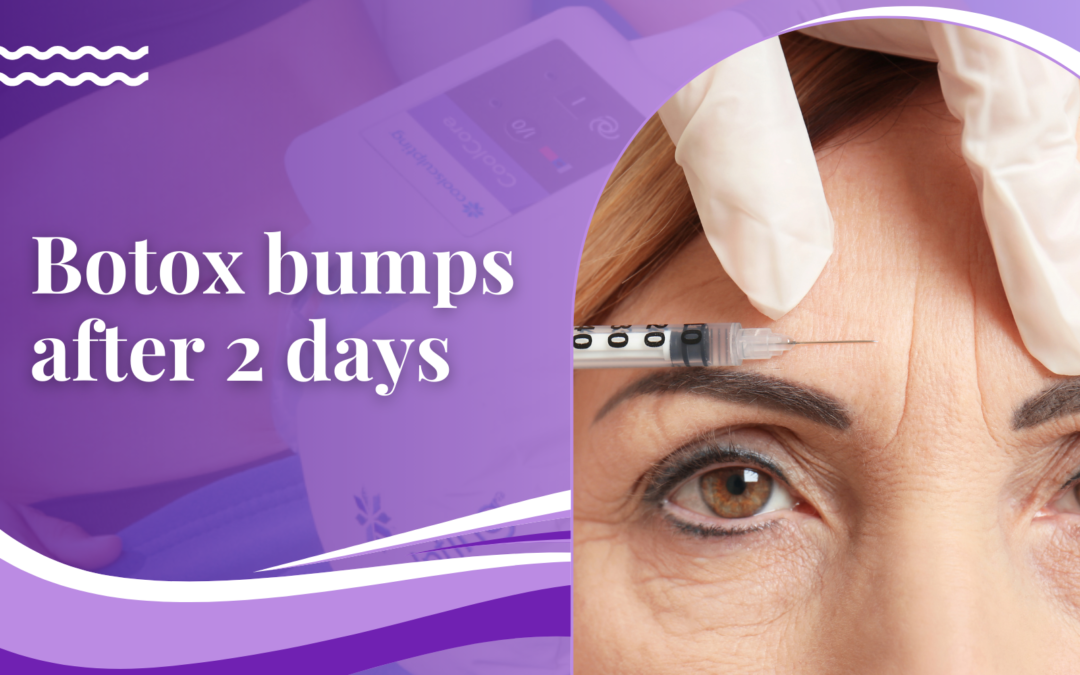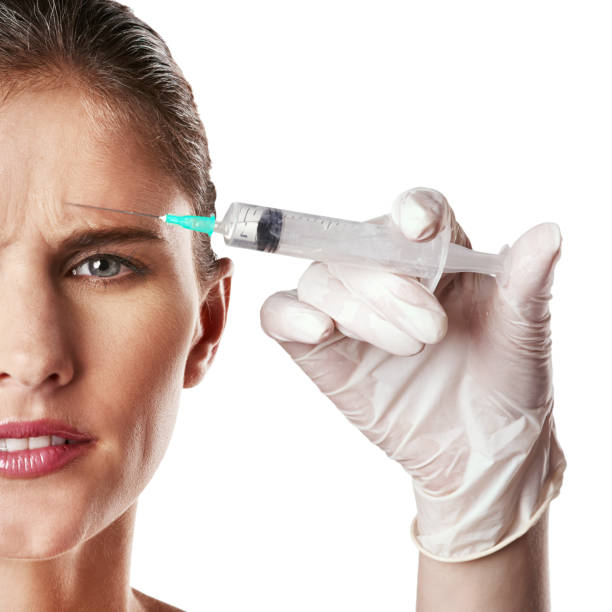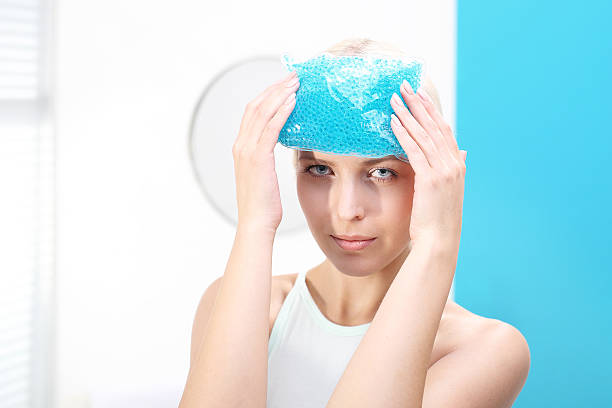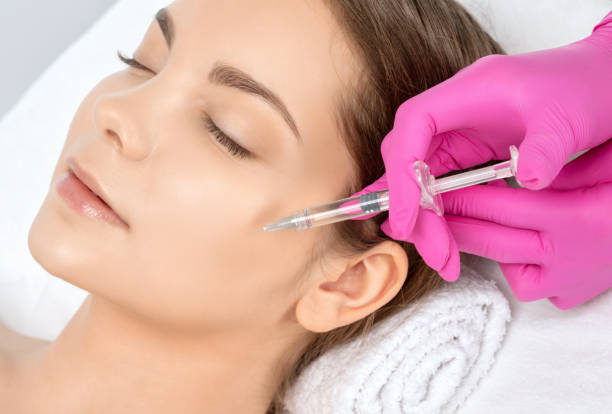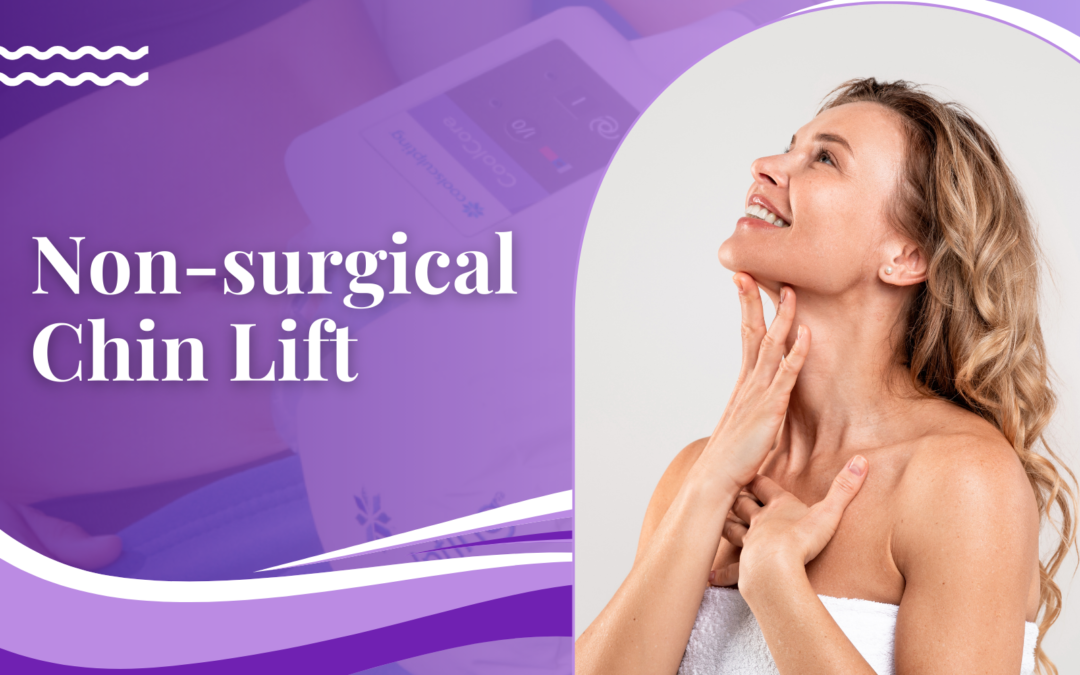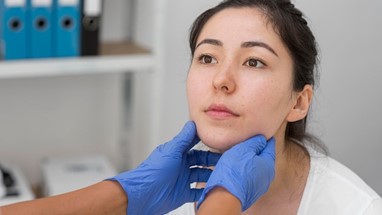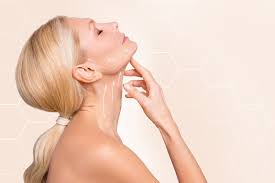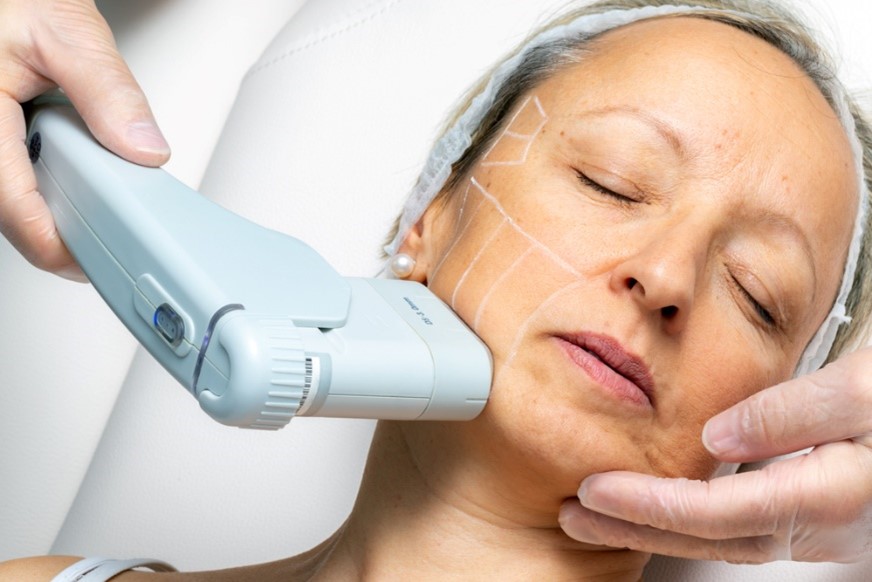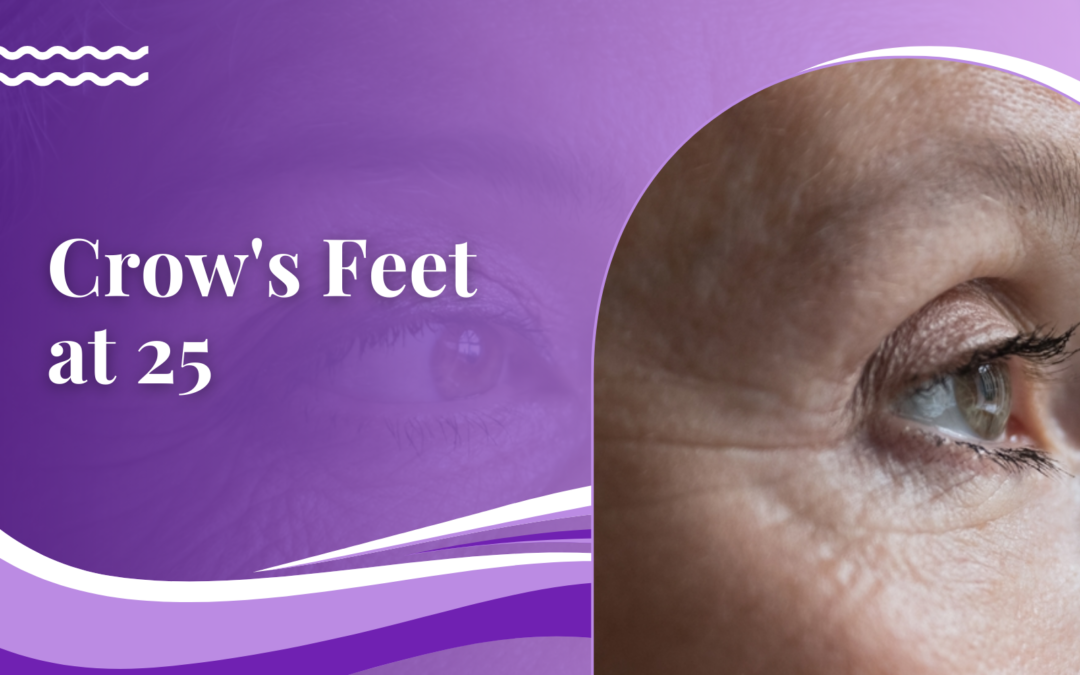
Crow’s Feet at 25
Crow’s feet are those fine lines and wrinkles that form around the corners of your eyes, often associated with ageing. However, experiencing Crow’s feet in your 20s can be surprising and concerning. Many individuals in their mid-20s notice these lines, leading to worries about premature ageing.
If you’re dealing with Crow’s feet at 25, you might wonder if it’s normal and how to address it effectively. Thankfully, there are treatments to minimize these lines and restore youthful skin. According to experts at Skin Vibes Clinic, a prominent skin clinic in Santacruz, it’s essential to understand the root causes and opt for solutions tailored to your skin’s needs.

Led by a team of experienced professionals, Skin Vibes Clinic specializes in advanced skin treatment in Santacruz, Mumbai, that addresses early signs of ageing. The specialists combine state-of-the-art technology with personalized care to offer targeted solutions for individuals with premature Crow’s feet.
Worried about early signs of ageing? Consult a skincare expert to discuss the best treatment options. Book an appointment now!
Is it normal to have Crow's feet at 25?

Yes, it’s possible to develop Crow’s feet at 25. These fine lines often occur naturally during facial expressions like smiling, squinting, and frowning. The skin around the eyes is thin and delicate, which makes it more prone to showing fine lines earlier than other parts of your face. These fine lines can be caused by several factors, including lifestyle habits and environmental stressors. These can speed up skin ageing, causing Crow’s feet earlier than expected.
While seeing Crow’s feet at 25 may feel concerning, it’s not unusual, and with proper care, the progression of these lines can be slowed down. Preventative treatments and skincare routines can make a noticeable difference, helping to preserve your youthful appearance longer.
Why do I have Crow's feet at 25?

- Sun Exposure: Excessive UV exposure breaks down collagen and elastin in the skin, causing fine lines to appear earlier.
- Genetics: Your family history significantly affects how your skin ages. If early Crow’s feet run in your family, you’re more likely to develop them.
- Lifestyle Choices: Smoking, lack of sleep, and dehydration can all contribute to the formation of Crow’s feet. Poor skincare habits, such as not using sunscreen, also accelerate the ageing process.
- Eye Strain: Constantly squinting due to poor vision or exposure to screens can lead to premature wrinkles around the eyes.
Understanding these causes helps you take proactive steps toward treatment and prevention.
Treatments Available for Crow's Feet
There are several treatment options for managing and reducing the appearance of Crow’s feet. Here are some effective solutions:
 Topical Treatments:
Topical Treatments:
Retinol and other anti-ageing creams can help slow the development of fine lines by boosting cell turnover.
 Botox Treatment:
Botox Treatment:
Botox is one of the most popular treatments for Crow’s feet. It works by relaxing the muscles around the eyes, preventing further wrinkling. Results are quick, and the treatment is minimally invasive.
 Dermal Fillers:
Dermal Fillers:
Fillers add volume to areas that have lost elasticity, smoothing out wrinkles around the eyes. The results are immediate and can last up to a year.
 Laser Resurfacing:
Laser Resurfacing:
This treatment improves skin texture and reduces wrinkles by promoting collagen production. It’s effective for long-term skin rejuvenation.
 Microneedling:
Microneedling:
Microneedling encourages collagen production, improving the appearance of fine lines and giving the skin a youthful glow.
 Chemical Peels:
Chemical Peels:
Chemical peels remove the top layers of the skin, helping to reduce the appearance of Crow’s feet and other imperfections. Each of these treatments is available at Skin Vibes Skin Clinic in Santacruz, where experienced specialists will help you choose the right option for your skin type and needs.
Are you looking for professional treatments for Crow’s feet? Consult with a seasoned skin doctor for expert advice and care. Book an appointment now.
How to Prevent Crow's Feet in Your 20s
Prevention is vital when it comes to crow’s feet. Here are some effective strategies:
- Apply Sunscreen: Use a broad-spectrum sunscreen daily to protect your skin from harmful UV rays.
- Hydrate Your Skin: Use a good moisturizer to hydrate your skin, especially around the eyes.
- Healthy Lifestyle: Avoid smoking and maintain a healthy diet rich in antioxidants.
- Eye Protection: Wear sunglasses to prevent squinting in bright sunlight.
- Use Anti-Ageing Products: Incorporate products containing retinol or peptides in your skincare routine.
Preventing Crow’s feet early on can reduce the need for more intensive treatments later.
Conclusion
Crow’s feet at 25 may seem unexpected, but with the right treatments, they are manageable. Whether through preventive care, Botox treatment in Santacruz, or other skin therapies, Skin Vibes Clinic offers a range of solutions tailored to your needs. Our experienced professionals are here to help you maintain youthful, healthy skin with personalized care.
Ready to rejuvenate your skin? Consult with an expert today to explore effective treatments for Crow’s feet. Book an appointment now!
Frequently Asked Questions
1. How to get rid of Crow's feet when smiling?
You can reduce Crow’s feet with Botox, fillers, or non-invasive treatments like laser therapy or microneedling. Consult a specialist for the best option.
2. Can Crow's feet go away?
While Crow’s fee cannot be eliminated completely, treatments like Botox and fillers can significantly reduce their appearance.
3. How to get rid of Crow's feet without Botox?
You can explore alternatives like laser resurfacing, microneedling, or retinol-based products to minimize fine lines.
4. Does sunscreen prevent Crow's feet?
Regular use of sunscreen helps protect the skin from UV damage, which is a leading cause of premature wrinkles.
5. Is laser treatment safe for Crow's feet?
Laser treatments like fractional CO2 are safe and effective for reducing the appearance of Crow’s feet.
Disclaimer: This page is meant for informational purposes and not for promotion or marketing use.
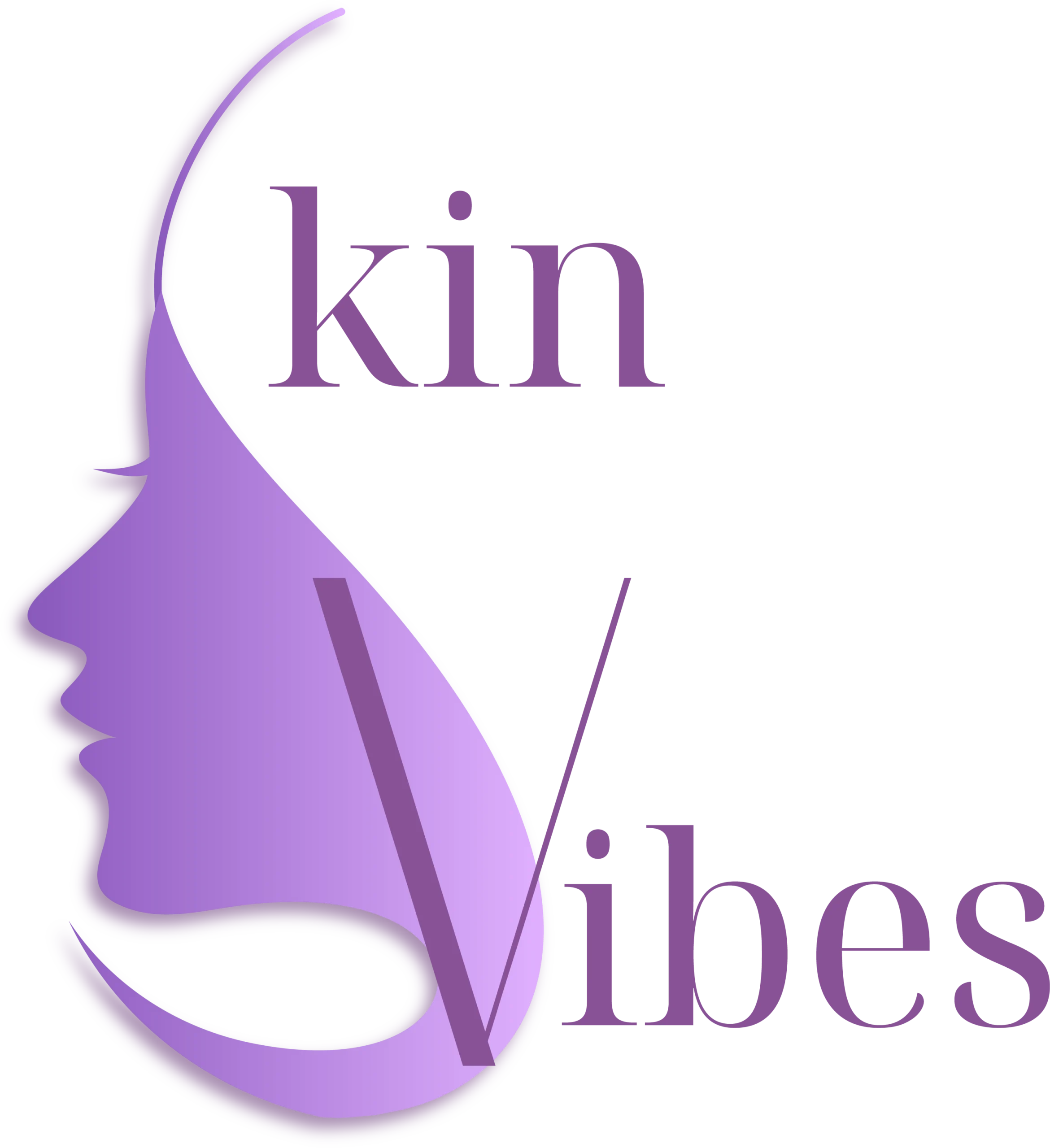
 Topical Treatments:
Topical Treatments: Botox Treatment:
Botox Treatment: Dermal Fillers:
Dermal Fillers: Laser Resurfacing:
Laser Resurfacing: Microneedling:
Microneedling: Chemical Peels:
Chemical Peels: